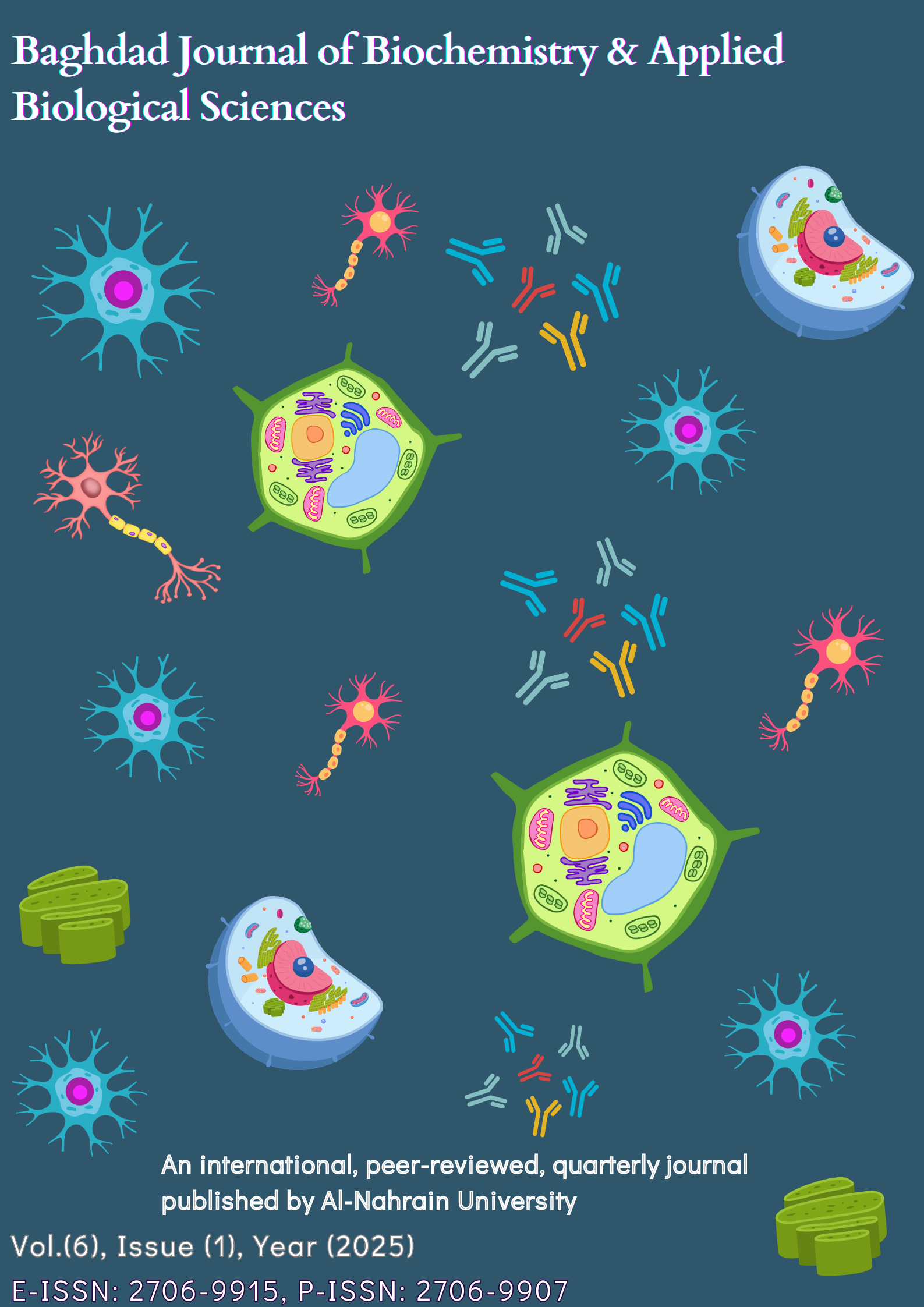Advancements and Applications of STR Kits in Forensic DNA Profiling: A Comprehensive Review
DOI:
https://doi.org/10.47419/bjbabs.v6i1.355Keywords:
Forensic Science, Short Tandem Repeat (STR) Analysis, DNA Profiling, Capillary Electrophoresis, Forensic DNA Testing, NGS, Biological EvidenceAbstract
Short tandem repeat (STR) analysis is a crucial technique in forensic science, providing high-resolution DNA profiling for criminal investigations, paternity tests, and identification of missing persons. This document outlines the key stages of STR analysis, including sample collection and preservation, DNA extraction and quantification, PCR amplification of STR loci, capillary electrophoresis, and data interpretation. Proper handling and storage of forensic samples are essential to prevent DNA degradation and contamination. PCR amplification, using Taq polymerase, enables the replication of STR loci for analysis. Capillary electrophoresis then separates these fragments, generating an electropherogram that is interpreted using specialized software. STR profiling is widely used due to its sensitivity, accuracy, and ability to analyze degraded DNA samples. Despite its advantages, challenges such as DNA mixture interpretation and environmental degradation persist. The continuous advancement of forensic DNA technology, including next-generation sequencing (NGS), aims to enhance STR analysis efficiency and accuracy. This document also discusses various STR kits used in forensic science, their applications, and standard protocols ensuring reliable results. STR analysis remains a cornerstone of forensic DNA testing, playing a significant role in legal and investigative processes worldwide.
Metrics
Downloads
Downloads
Published
Issue
Section
Categories
License
Copyright (c) 2025 Omar Almahmood, Mohammed A. Hameed, Shahrazad H. Muhi, Farah B. Abed, Sahar M. Ibrahim, Ibrahim Ramzi Hadi, Dunya A. Mohammed, Ruaa Maan Attallah

This work is licensed under a Creative Commons Attribution 4.0 International License.
The authors retain all proprietary rights, including copyright, such as patent and trademark rights and rights to any process or procedure described in the article.









